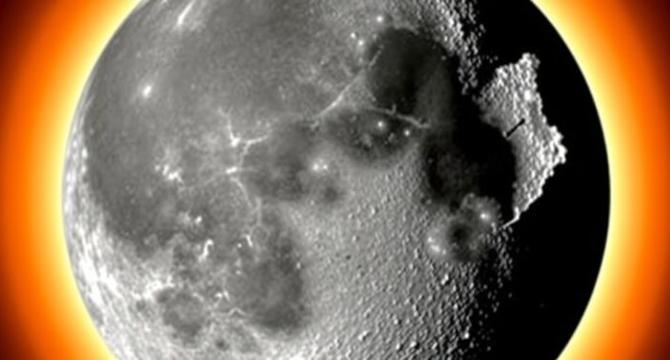Bioengineer
1w
45

Image Credit: Bioengineer
Is the Moon a Piece of Earth? Exploring the Ejecta Hypothesis
- Groundbreaking study challenges conventional theory of Moon's origin, suggesting the bulk of the Moon's material originated from the Earth's mantle, with only a minor contribution from Theia.
- Researchers analyzed oxygen isotopes from 14 lunar samples and found similarities between lunar and terrestrial samples, addressing the 'isotope crisis' in cosmochemistry.
- Theia may have lost a significant portion of its mantle and subsequently collided with Earth, leaving the Moon's formation largely dependent on ejected materials from Earth's mantle.
- Research may provide new perspectives on the historical sourcing of water on Earth, indicating potential sources of Earth's water.
- New findings open up implications for understanding the geochemical processes underlying planetary development in our solar system.
- The data obtained effectively dismisses numerous types of meteorites from consideration as contributors to Earth’s 'late veneer.'
- This novel research highlights the necessity for a broader framework of understanding when it comes to planetary formation and prompts further inquiry into how materials exchanged between impact events might have influenced Earth's surface environment.
- The study's implications are expected to cultivate public intrigue, stimulating interest in space science and planetary geology.
- The collaborative work from the University of Göttingen and the Max Planck Institute provokes an urgent call to revisit our established understanding of Earth’s early history and the formative processes that led to the Moon’s creation.
- As this knowledge unfolds, the narrative of our lunar companion continues to morph in unexpected ways, challenging the established paradigms and driving scientific inquiry towards a refined understanding of our place in the cosmos.
Read Full Article
2 Likes
For uninterrupted reading, download the app